Jasper Muse was born in Maine, and is currently living and working in NYC. He studied photography with Frank Armstrong and Stephen DiRado, and learned from many peers. Jasper can be found on instagram @jasperscamera


There is no way to avoid being separated by them
A parade of beings, living and nonliving, that carry a common pain like a rope tying them. They are not in a march, they are ascending and yearning for an end where they become one body, free and light.
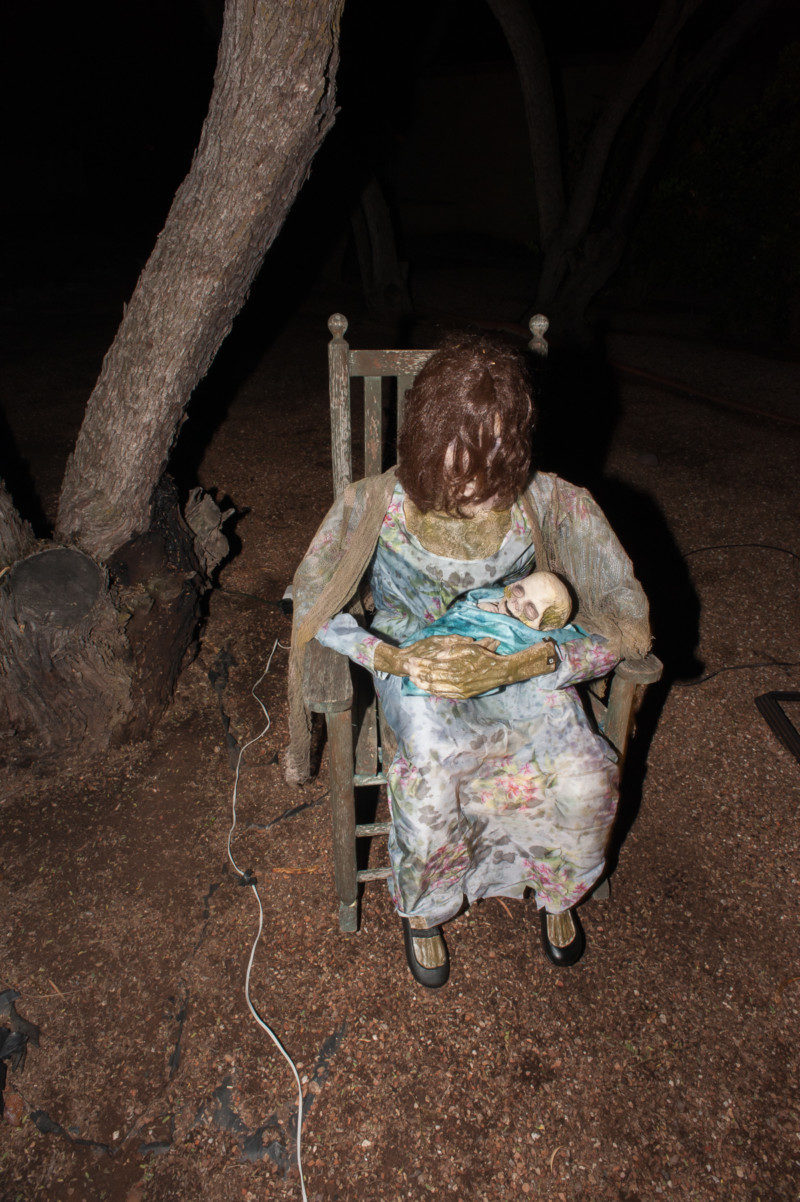
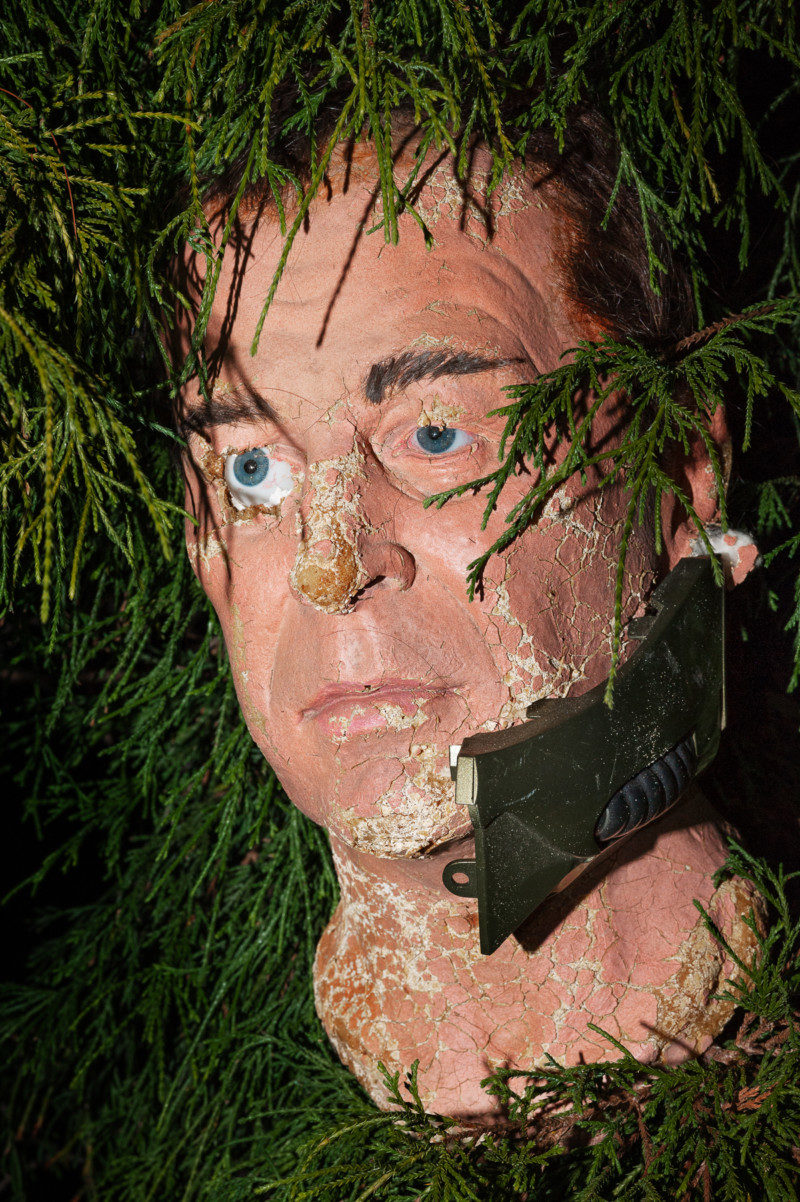
Hey Jasper, can you speak about what initially inspired you to create this body of work?
In Texas, I got to see a haunted house being put up. It was noon time and I took pictures of these violent scenes during the daylight and out of the context of scared and laughing people it felt sorrowful. It might be too generous to extend the idea of feeling for something like a fake severed head, but I thought about them being damned as objects, they always have to perform this ecstatic eye-rolling pain. This became a thought experiment to treat these gruesome mass-produced objects with a degree of seriousness and dignity.

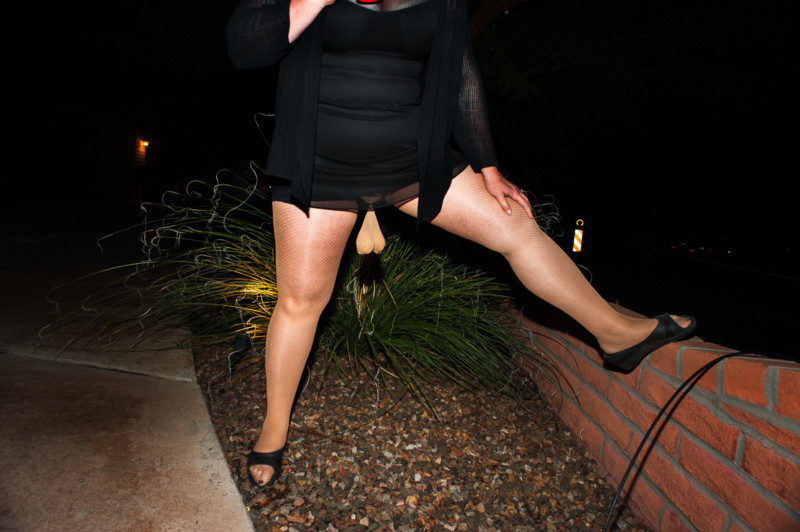
In our culture, I feel like costume masks are perceived as kitschy and humorous. What are you trying to unveil about the human condition through these photographs of masks?
I don’t have an answer to what is unveiled about the human condition here so I can only talk about what I find interesting about masks.
There is this funny phrase I’ve heard from photographers that she “really let down her mask”, this idea that we have a “true” face, something unguarded within us that can be captured in an image. I don’t fully believe in this. We desire for something essential as a soul, and can only come very close to that thing– people can’t be completely unmasked. Costume masks are appealing to me in the way they cheat this desire, in the way eyes that peer through holes can somehow be deeper and sadder or more piercing. The human face behind the mask becomes in my mind a placeholder for the soul. I’m always excited by the image in this series of a man wearing a chrome skull mask to see his blue eyes and the texture of his skin for these reasons.
Masks and head-objects are fundamental to human culture, and I wanted to re-engage these kitschy things with that eternal-ness, and to treat them as having potent spirits and energies. I think this is largely the photographic mission for me, to reattach banal disembodied things to something powerful.


In this series of photographs, I also see that you have interwoven images of physical pain with masks or prosthetic body parts. Can you describe the symbolism behind this?
Symbolism is difficult. I’ve never connected with symbolic interpretations especially in photography because of its relatively direct nature. There’s too much intellectual neatness in naming the symbolic, in saying “these oranges on the desert ground symbolize our cruel break from nature” or something like that. Where do you go from there? It only seems like it satisfies momentarily a logical part of the brain.
The series expanded from solely being about Halloween stuff from this sign I saw that said “all beings are of the nature to experience illness, there is no way to avoid being separated from them” (the sign was held by a Buddhist group at a Day of the Dead parade in Tucson where I took a lot of these pictures). So from this, I wanted the feeling of “all beings” and I wanted the feeling of separation or lack. Every image in the series has a twin, with exception to the rooms, which I imagine as chambers that gather the energies and emotions of the beings.
Hopefully the real and the fake complicate each other. Maybe the girl with the black eye looks more real than now after just seeing a fake head or maybe the black eye looks completely like makeup. In contrast, the fake head in the bush seems to contain so much life in it. I’m not trying to devalue the real but instead trying to reach towards something inherent in all things.
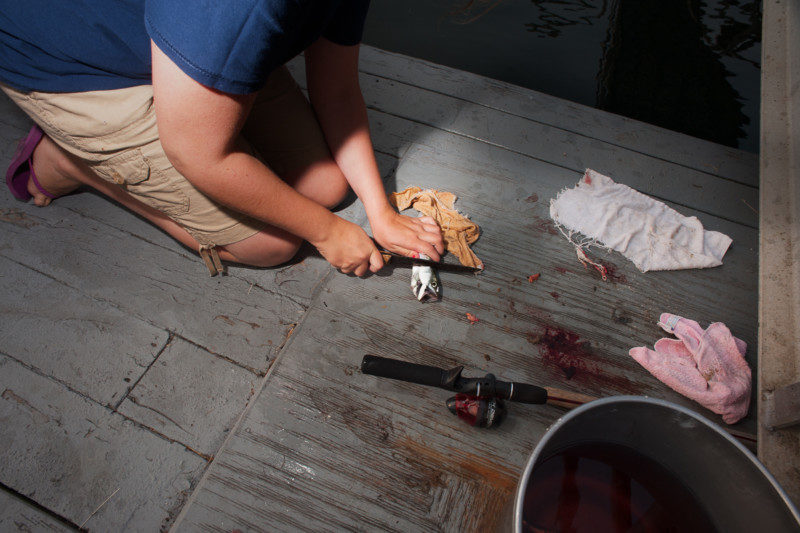
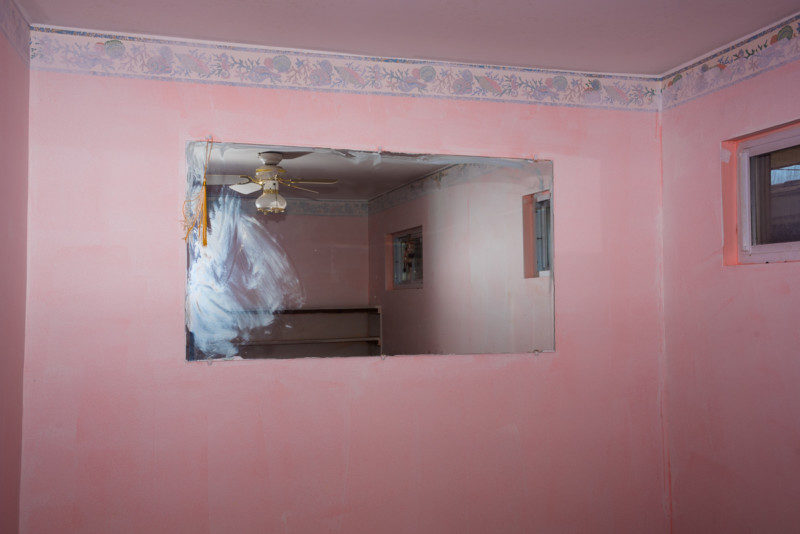
As a photographer, the camera allows you to unveil what you see, but behind the security of the camera— it’s almost as if the camera acts as a sort of mask. Can you discuss your personal involvement in these photographs?
A camera mask would be a powerful object I would love one. You could go to a party and become this cipher for photography and people could interact with not you, but the camera. I agree with the idea of the camera being something to hide behind (like a submarine maybe?). Photography is sadly not a very good way to be with another human being or even a non-living thing. It’s pleasurable but desperate, and I wonder sometimes if my drive to photograph is coming from the anxiety of being in the world– not meaning making, but a repetitive palliative action. This is all forgotten when I take one of those rare beautiful images that make the effort feel purposeful for a while.
In regards to personal involvement, I’m still shy towards people, I feel very conscious of the question in their head “what about me begs for a photograph”. People in costume are great because they are exceptional in some way and photography feels normal to the situation. At the least, I try to be earnest about why someone is beautiful. Beyond interacting with people, I don’t feel like I’m “in” these images, but I share many of the conditions of the subjects and I feel a shared sorrow with them. I know I just trashed symbolism but sometimes I feel like pointing at an image and saying that feels like my heart.
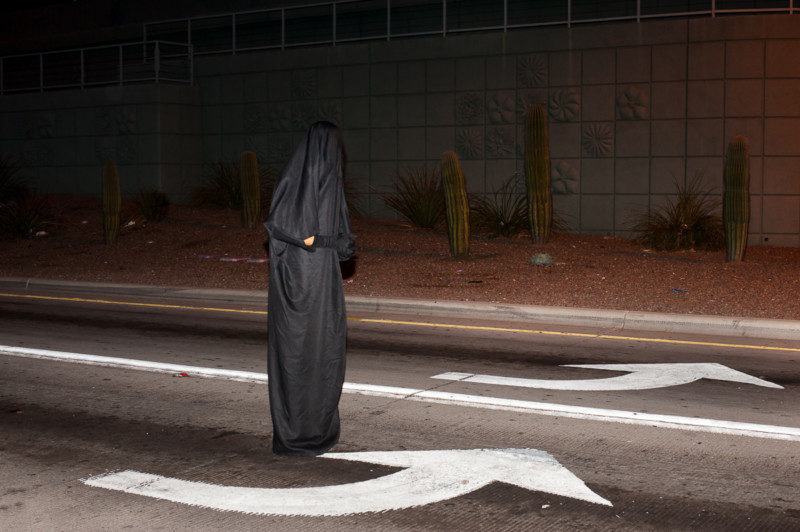

What are you hoping your audience will learn through these images?
Gentleness.
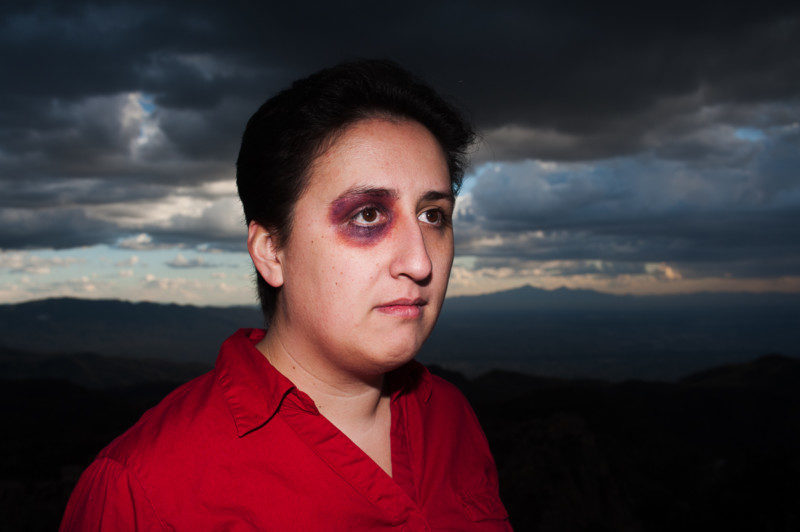
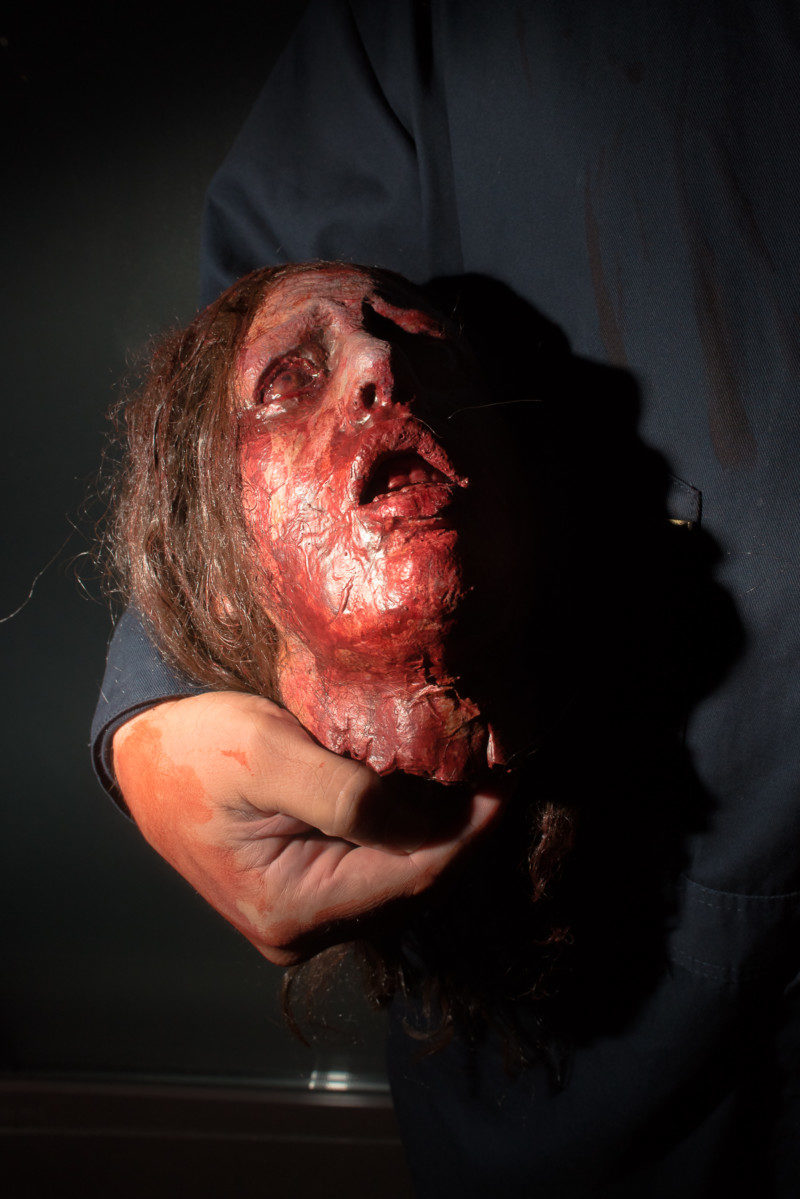
Can you briefly talk about what you are working on currently?
I have an ongoing series of wrestling pictures from House of Glory matches in Queens that I’ve had a lot of fun shooting. They’re intimate and sometimes sculptural, and showcase pro wrestling as a dramatic art. Check them out on my website!

To see more of Jasper’s photographs, please visit his website.